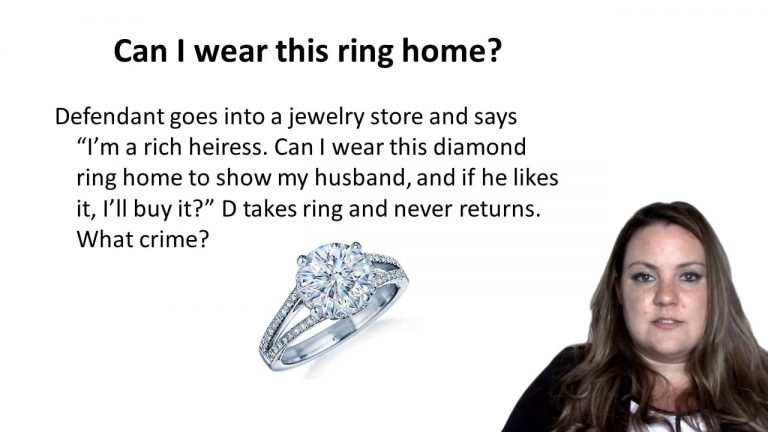SmartBrief
Confirm favorite deletion?
Criminal Law Keyed to Kaplan
People v. Sattlekau
Citation:
120 App. Div. 42, 104 N.Y.S. 805 (1907)Facts
Sattlekau (defendant) placed an advertisement in a New York newspaper stating: “Good woman wanted. Practical housekeeper for hotel purposes. Possibility of matrimony.” Rosa Kaiser saw and responded to the advertisement. During the course of eight or nine interviews, Sattlekau represented himself to Kaiser as a single man, who was in a condition to marry her, and that he was the owner of a hotel that was for sale. Sattlekau told Kaiser that he would need to borrow $1,000 from her to help him lease another hotel that he wanted to make the marital home for the two of them. Kaiser provided him with the money. She never saw him again until after he was arrested. Kaiser later discovered that Sattlekau was in fact married, that numerous women who had answered his advertisement, and that he had attempted to get money from those women as well.
Only StudyBuddy Pro offers the complete Case Brief Anatomy*
Access the most important case brief elements for optimal case understanding.
*Case Brief Anatomy includes: Brief Prologue, Complete Case Brief, Brief Epilogue
- The Brief Prologue provides necessary case brief introductory information and includes:
Topic:
Identifies the topic of law and where this case fits within your course outline.Parties:
Identifies the cast of characters involved in the case.Procedural Posture & History:
Shares the case history with how lower courts have ruled on the matter.Case Key Terms, Acts, Doctrines, etc.:
A case specific Legal Term Dictionary.Case Doctrines, Acts, Statutes, Amendments and Treatises:
Identifies and Defines Legal Authority used in this case.
- The Case Brief is the complete case summarized and authored in the traditional Law School I.R.A.C. format. The Pro case brief includes:
Brief Facts:
A Synopsis of the Facts of the case.Rule of Law:
Identifies the Legal Principle the Court used in deciding the case.Facts:
What are the factual circumstances that gave rise to the civil or criminal case? What is the relationship of the Parties that are involved in the case.Issue(s):
Lists the Questions of Law that are raised by the Facts of the case.Holding:
Shares the Court's answer to the legal questions raised in the issue.Concurring / Dissenting Opinions:
Includes valuable concurring or dissenting opinions and their key points.Reasoning and Analysis:
Identifies the chain of argument(s) which led the judges to rule as they did.
- The Brief Prologue closes the case brief with important forward-looking discussion and includes:
Policy:
Identifies the Policy if any that has been established by the case.Court Direction:
Shares where the Court went from here for this case.

 6m 55s
6m 55s